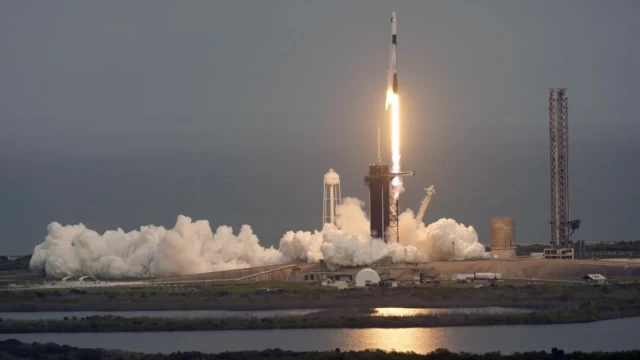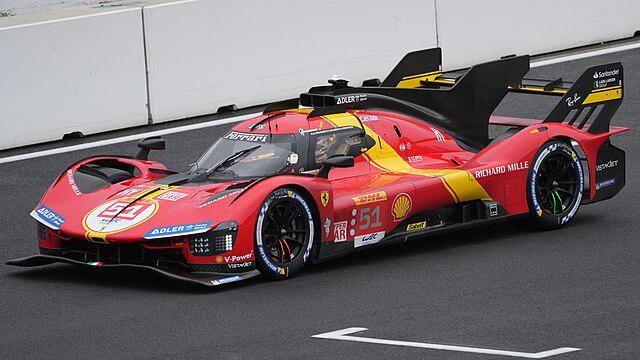SpaceX's Starship rocket achieved a significant milestone with its first-ever splashdown during a test flight on Thursday. The prototype, which is being developed to potentially send humans to Mars, landed in the Indian Ocean northwest of Australia after a dramatic descent captured by onboard cameras. Despite losing many tiles and sustaining a damaged flap, Starship managed to survive atmospheric reentry and achieve a soft landing in the ocean.
SpaceX CEO Elon Musk expressed optimism about the test flight on social media platform X, highlighting it as a crucial step towards humanity's future as a spacefaring civilization. The rocket, the most powerful ever built, launched from SpaceX's Starbase in Boca Chica, Texas, and successfully coasted halfway around the globe, completing its journey in just over an hour.
Starship's fully reusable design is central to Musk's vision of colonizing Mars and making humans a multiplanetary species. NASA has also contracted a modified version of Starship for its Artemis program, which aims to return astronauts to the Moon later this decade.
This successful test follows three previous attempts that ended in the destruction of the prototype, reflecting SpaceX's trial-and-error approach to development. The company emphasized that the primary goal of these tests is to gather data to improve future flights. The next step involves developing a fully reusable orbital heat shield to better withstand reentry speeds of around 27,000 kilometers per hour (nearly 17,000 mph).
During the test flight, the first stage booster, Super Heavy, succeeded in an upright splashdown in the Gulf of Mexico shortly after liftoff, which was met with applause from the mission control team in Hawthorne, California. The upper stage of the rocket also generated excitement as it reentered the atmosphere, glowing red due to the intense friction.
NASA Administrator Bill Nelson congratulated SpaceX on the successful test, noting that it brings humanity closer to returning to the Moon and eventually reaching Mars.
Starship stands 397 feet tall with both stages combined, making it 90 feet taller than the Statue of Liberty. Its Super Heavy booster produces 16.7 million pounds of thrust, about twice as powerful as the Saturn V rockets used during the Apollo missions. Future versions of Starship are expected to be even more powerful.
SpaceX has a track record of real-world testing paying off, as seen with its Falcon 9 rockets and Dragon capsules, which are now essential for NASA missions and commercial space operations. However, the company faces a tight timeline to prepare Starship for NASA's planned Moon mission in 2026, which involves complex operations such as orbital refueling.
While SpaceX is advancing rapidly, China is also planning a crewed lunar mission by 2030 and has demonstrated a strong adherence to its space exploration timelines.































Comment: